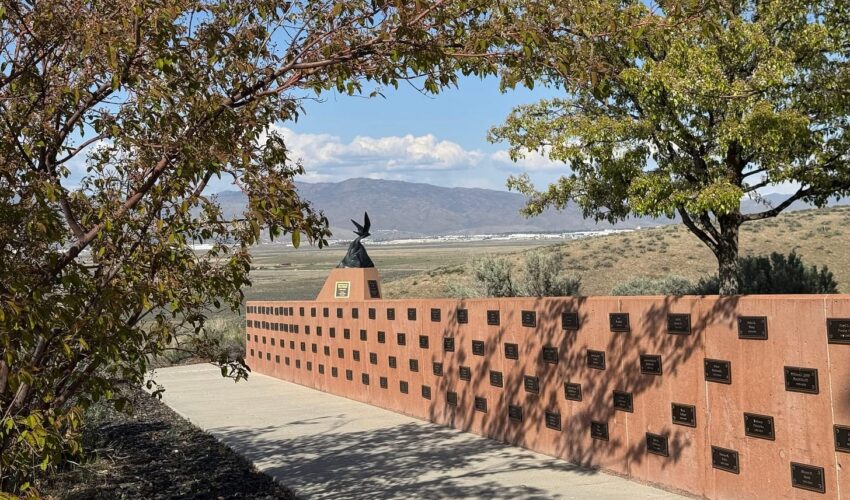Years ago, I found myself drinking single-malt Scotch with a small group of raptor enthusiasts on a remote island off the coast of Maine. One of them had been Robert F. Kennedy Jr.’s roommate at boarding school. He had stories to tell: I’d rather not get sued, but I can report that the two bonded over a shared obsession with falcons.
Falconry wasn’t on most Americans’ radar until RFK Jr. was elevated to the rank of secretary of Health and Human Services; around the time of his appointment, it was gleefully reported that he was a longtime falconer. This, along with the fact that he keeps ravens as pets and was once (wrongly) said to have decapitated a whale carcass with a chainsaw, became shorthand for: This guy’s a weirdo.
I can’t comment on the peculiarity of RFK Jr., but I can defend the reputation of falconry. This past spring, I joined a couple hundred falconers about a dozen miles from downtown Boise, Idaho. We gathered at The Archives of Falconry, a low-slung building perched on a hill with a commanding view of the valley and the snowcapped mountains beyond.
You could also see the somewhat bleak, treeless new housing developments crawling out from the city’s outskirts.
We were all there for the annual gathering of falconers organized by the Archives. We call it a “rendezvous,” a nod to the Old West and its annual meetups of trappers, hunters, and traders who exchanged furs and pelts for supplies and companionship after a lonely year in the wilderness. The rendezvous’s centerpiece is a moving outdoor ceremony where people stand up and reminisce about falconers who died that year and whose names have been added to the Wall of Remembrance.

This year almost 250 falconers showed up, filling a Boise hotel with mostly older white men between the ages of 60 and 90. They’re easy to spot: dusty hiking boots, blue jeans, zippered fleece over a T-shirt. Their caps advertise falconry clubs, farm stores, factories, suppliers of hawk food. Many have known each other for decades, so there is a lot of backslapping and awkward man-hugging. A handful of women falconers also came; more women are involved in falconry now than ever, but they still only make up about 30 percent of the 3,000 American falconers.
Once I would have said that most falconers leaned Libertarian, or Republican. But this year, there was a noticeable shift in tone. Much of the conversation revolved around rumors that the Trump administration would allow public lands to be sold off, opening them up to development and extractive industries. The rollback of environmental protections could have a devastating effect on wildlife, people said—and therefore on their sport.
Click this link for the original source of this article.
Author: Rachel Dickinson
This content is courtesy of, and owned and copyrighted by, https://bariweiss.substack.com feed and its author. This content is made available by use of the public RSS feed offered by the host site and is used for educational purposes only. If you are the author or represent the host site and would like this content removed now and in the future, please contact USSANews.com using the email address in the Contact page found in the website menu.








